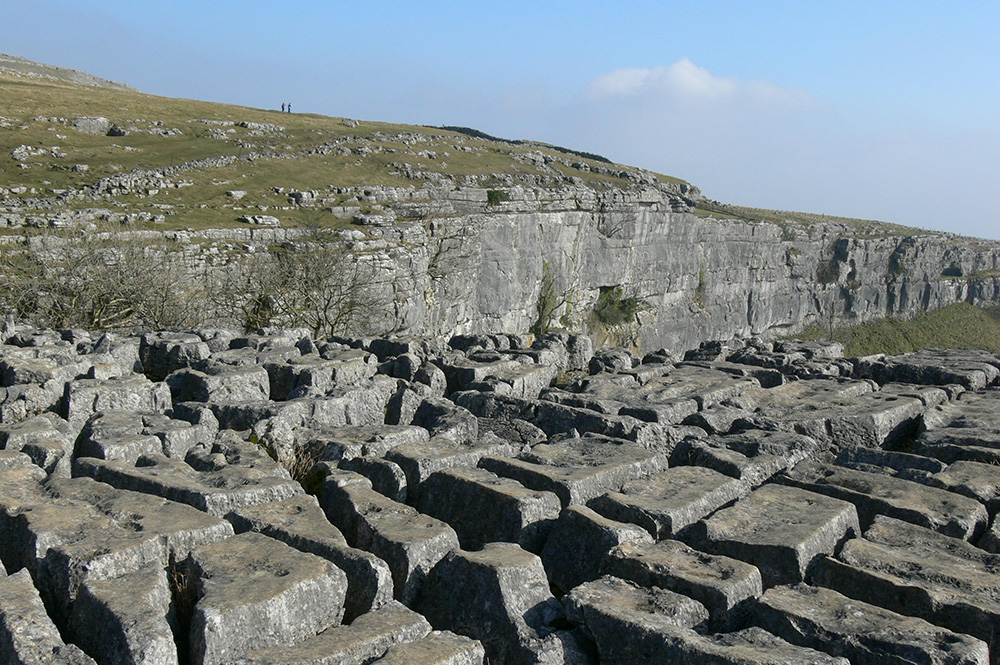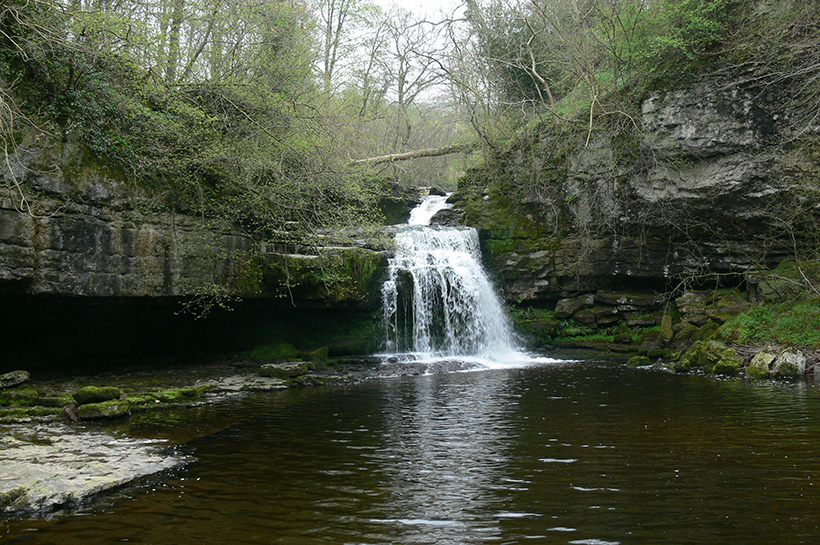For major structures such as churches, castles, bridges and abbeys, the building stones of the area first became important in the medieval period. These buildings also required large quantities of lime mortar. Most lower status buildings were probably of wood. After the Dissolution of the Monasteries and the political upheavals of the sixteenth century a new class of tenant and freehold farmers emerged who were able to invest in their homes and build in stone and thus the distinctive local vernacular architecture of the area developed utilising local stone.
The widespread use of sandstone flags (slates) as the dominant roofing material, now a significant feature of many vernacular buildings in the Yorkshire Dales, only occurred in the eighteenth century. For a brief period in the nineteenth century rail transport enabled some stone slate quarries, such as those at Burtersett and Staggs Fell to serve regional markets. Many of the quarries, particularly in Wensleydale, including Burtersett, were worked from levels dug into the valley side. The Dent and Nidderdale pseudo-marble (polished Yoredale limestone) quarries served a national market in the late nineteenth century, as did the sandstone of the Scot Gate Ash quarry (Libishaw Sandstone) at Pateley Bridge.
More information on the building stones of the area is available in the recently published, by English Heritage and the British Geological Survey, Building Stone Atlases North Yorkshire (West).
- North Yorkshire (west) Building Stone Atlas Download
- North Yorkshire (east) Building Stone Atlas Download
The English Heritage and British Geological Survey study identified over 350 stone quarries in the North Yorkshire Geodiversity Partnership area but, today, there are very few active sources of building stones. In the whole of the Your Dales Rocks Project Area, only two quarries, Hill Top Quarry in Swaledale and Grey Yaud Quarry in Nidderdale Area of Outstanding Natural Beauty are, or have in the recent past produced building stone. In the Vale of York there are four active quarries (Carkin Moor, Gatherley Moor, Greenbank Farm and Melsonby) in Richmondshire District and, one (High Moor) in Selby District.








